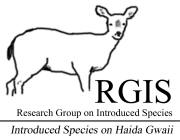

An overview of consequences
- Menu
- Home
- Haida Gwaii
- Introduced Species
- RGIS
- What did we learn?
- Research
- Publications
- RGIS symposium
- School curriculum
- Contacts
- English
- Français
Rats |
|
|
Almost everywhere there
is human settlement there are rats. |
 |
|
European
Roof rats were first found on Haida Gwaii in 1919, brought with the
first sailing ships. |
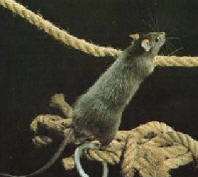 |
|
Rats inhabit 19 islands
of Haida Gwaii, including 7 with seabird colonies. |
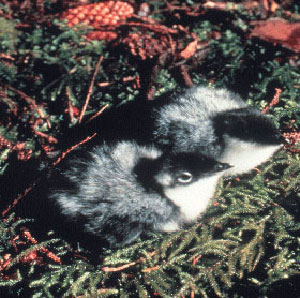 |
|
In 1993, the Canadian
Wildlife Service initiated a rat eradication program on Langara, Cox
and Lucy Islands which once had one of BC's largest seabird colonies.
|
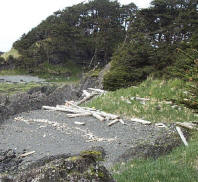 |
|
In 1997 Parks Canada set
up a similar program on St. James Island and later on the Bischof
Islands. |
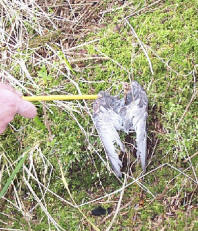 |
|
|
|
|
Rats are also known to eat forest birds, mice and shrews. They compete for food with native animals and birds. |
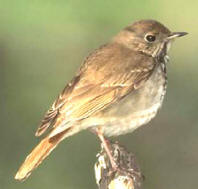 |
| return to top of
page |
|